



Ethernet network chip
The Ethernet network chip is a key hardware component that enables Ethernet communication. It is widely used in devices such as computers, servers, switches, routers, smart home systems, industrial control systems, and Internet of Things (IoT) equipment. Its main functions involve processing data at the physical and data link layers, including data transmission and reception, frame encapsulation and parsing, MAC address control, CRC checks, and more. As network technology continues to evolve, the performance of Ethernet chips has significantly improved, with data transmission speeds advancing from the initial 10 Mbps to the more common 100 Mbps, 1 Gbps, and even high-speed standards like 10 Gbps, 25 Gbps, and 100 Gbps.
I. Working Principle
An Ethernet chip typically consists of two main components: the Media Access Control (MAC) layer and the Physical (PHY) layer. The MAC layer handles the conversion between higher-level protocols and the physical transmission of data, including frame generation, address resolution, collision detection, and management. The PHY layer is responsible for converting the digital signals output from the MAC layer into analog signals that can be transmitted over twisted-pair cables or optical fibers, and then converting incoming signals back into digital form on the receiving end. Some integrated chips combine the MAC and PHY layers into a single unit, known as a MAC+PHY chip. In high-end equipment, MAC and PHY are often designed separately for enhanced flexibility and performance.
II. Core Functions
- Data Encapsulation and Decapsulation: Encapsulates data from the upper layers into Ethernet frames and parses received frames.
- Address Filtering: Uses hardware to compare MAC addresses, identifying and processing unicast, broadcast, and multicast frames.
- CRC Check: Detects errors that may occur during data transmission.
- Buffer Management: Uses internal buffers to temporarily store and schedule data to avoid congestion and packet loss.
- Adaptive Speed Control: Automatically supports different network speeds such as 10/100/1000 Mbps, and even higher rates through auto-negotiation.
- Power Optimization: Many modern Ethernet chips support Energy Efficient Ethernet (EEE) modes to reduce power consumption.
III. Application Scenarios
Ethernet chips are widely used in the following devices:
- Personal Computers and Laptops: For wired network connections.
- Servers and Data Center Equipment: Where high bandwidth and high reliability are essential.
- Industrial Automation Devices: Where stability and low-latency communication are critical.
- Smart Home and IoT Devices: Low-power Ethernet chips are suitable for smart plugs, gateways, and other devices.
- Network Switches and Routers: Core components that enable multi-port high-speed data forwarding.
IV. Leading Manufacturers and Chip Products
Major Ethernet chip manufacturers include:
- Intel: Offers chips such as the I210, I219, and X550 series, widely used in enterprise motherboards and servers.
- Realtek: Chips like the RTL8111 and RTL8211 are popular in consumer-grade motherboards and networking devices.
- Broadcom: Focuses on high-end and data center markets with products like the BCM5751 and BCM957508.
- Marvell: Provides a complete range of Ethernet solutions, from entry-level to high-end, commonly used in embedded systems.
V. Development Trends
With the rise of the Internet of Everything, Ethernet chips are developing towards higher speeds, lower power consumption, and greater integration. In particular, emerging fields such as edge computing, 5G infrastructure, cloud computing, and data centers demand higher bandwidth and lower latency. Additionally, the rapid increase in AIoT devices is driving demand for compact, energy-efficient, and highly reliable Ethernet chips.
In conclusion, the Ethernet network chip is a foundational component of modern network communication. Its performance and capabilities directly influence the efficiency and stability of network systems. In the future, these chips will continue to innovate and evolve in areas such as high-speed transmission, intelligent control, and green energy efficiency.

Please contact us if the source is mislabeled or violates your legal rights.
We will promptly correct and delete, thank you.
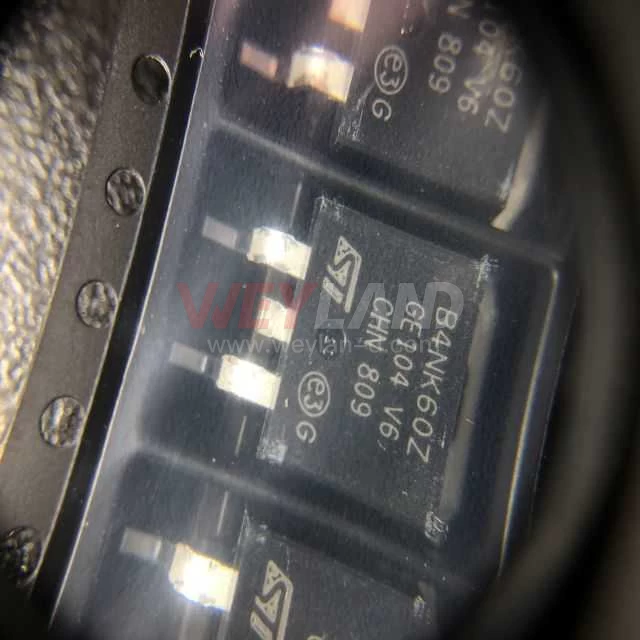

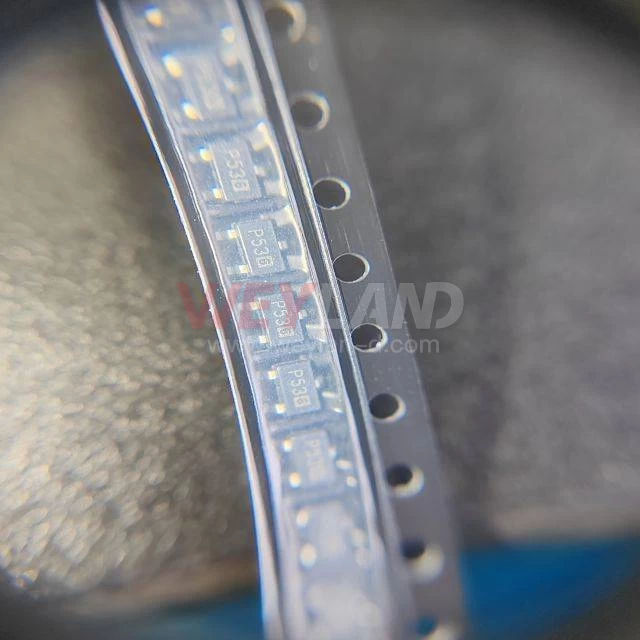
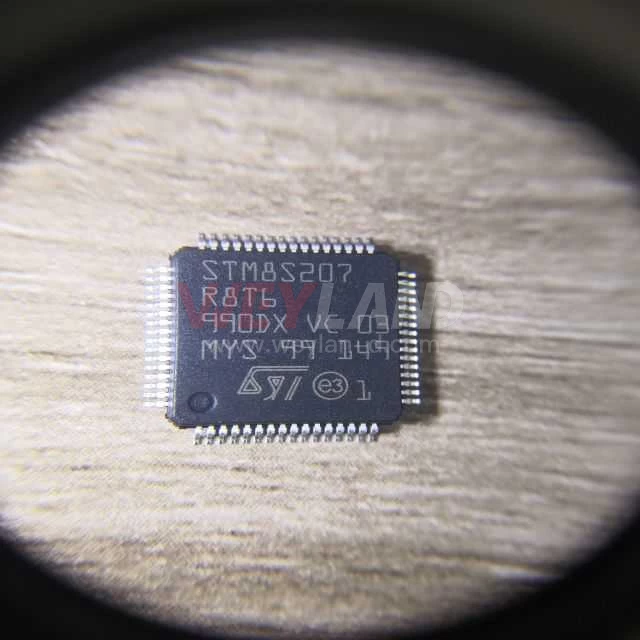
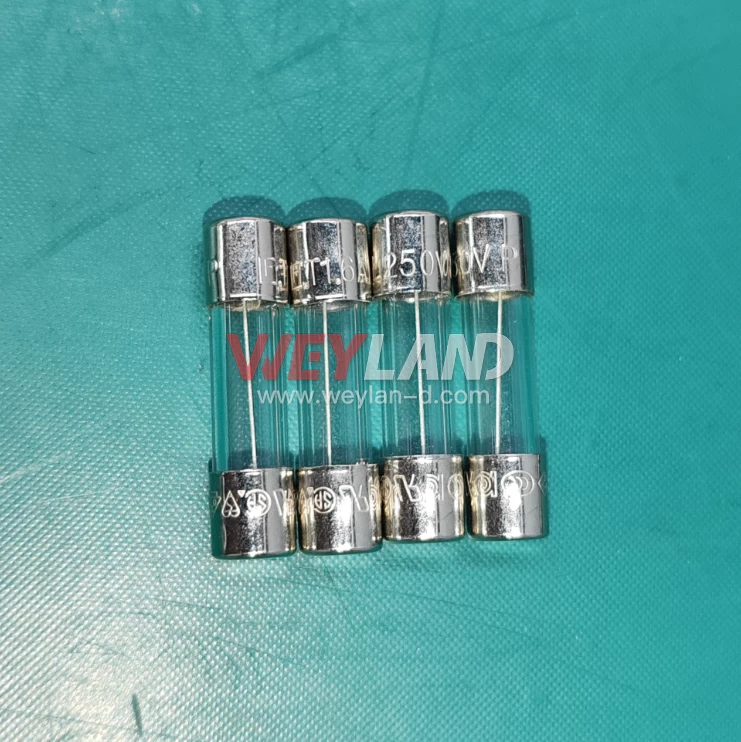
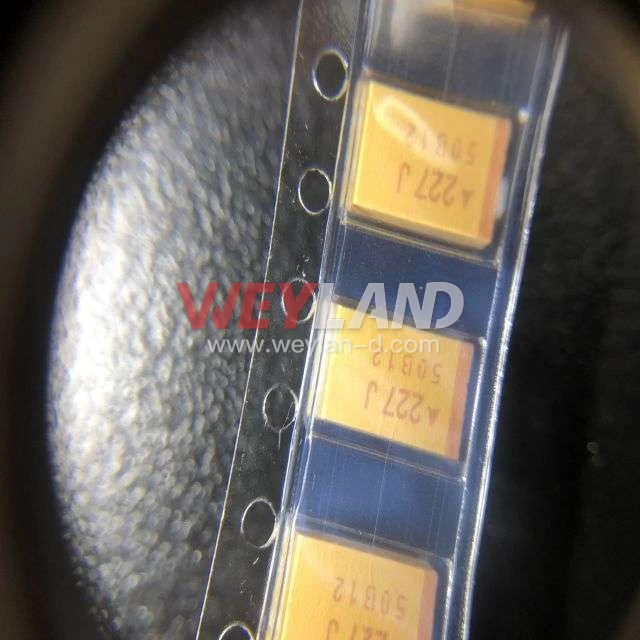

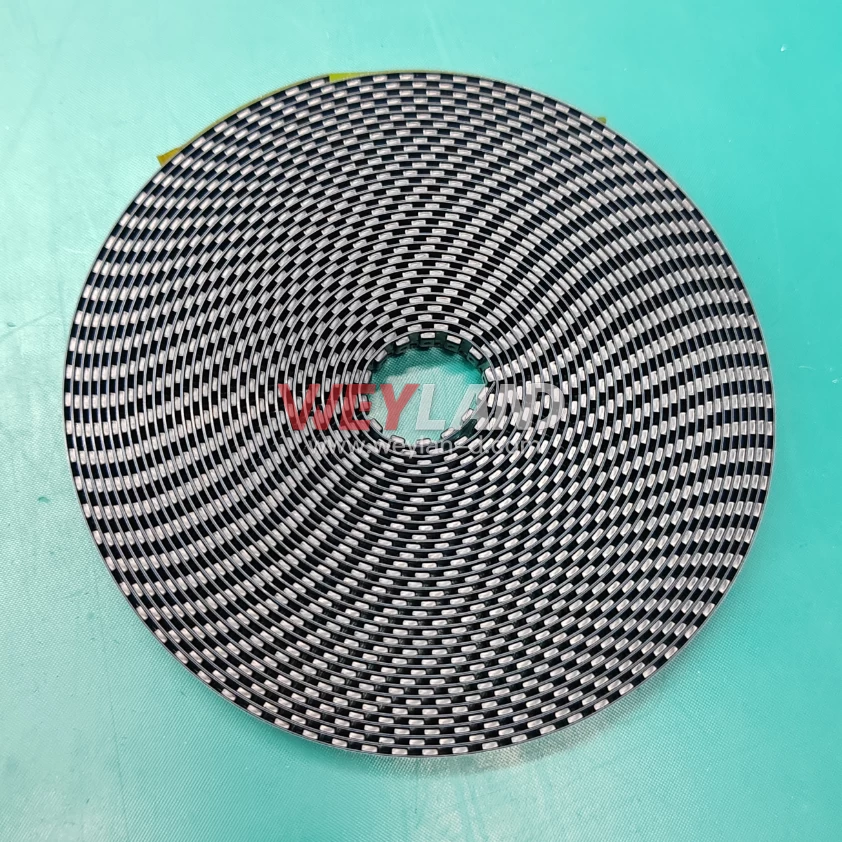


.9246509.png)












[email protected]
7500A BEACH ROAD #04-307 THE PLAZA SINGAPORE (199591)
RM 705.7/F.FA YUEN COMM BLDGNO.75-77.FA YUEN STREET.MONGKOK.KLN.HONG KONG
